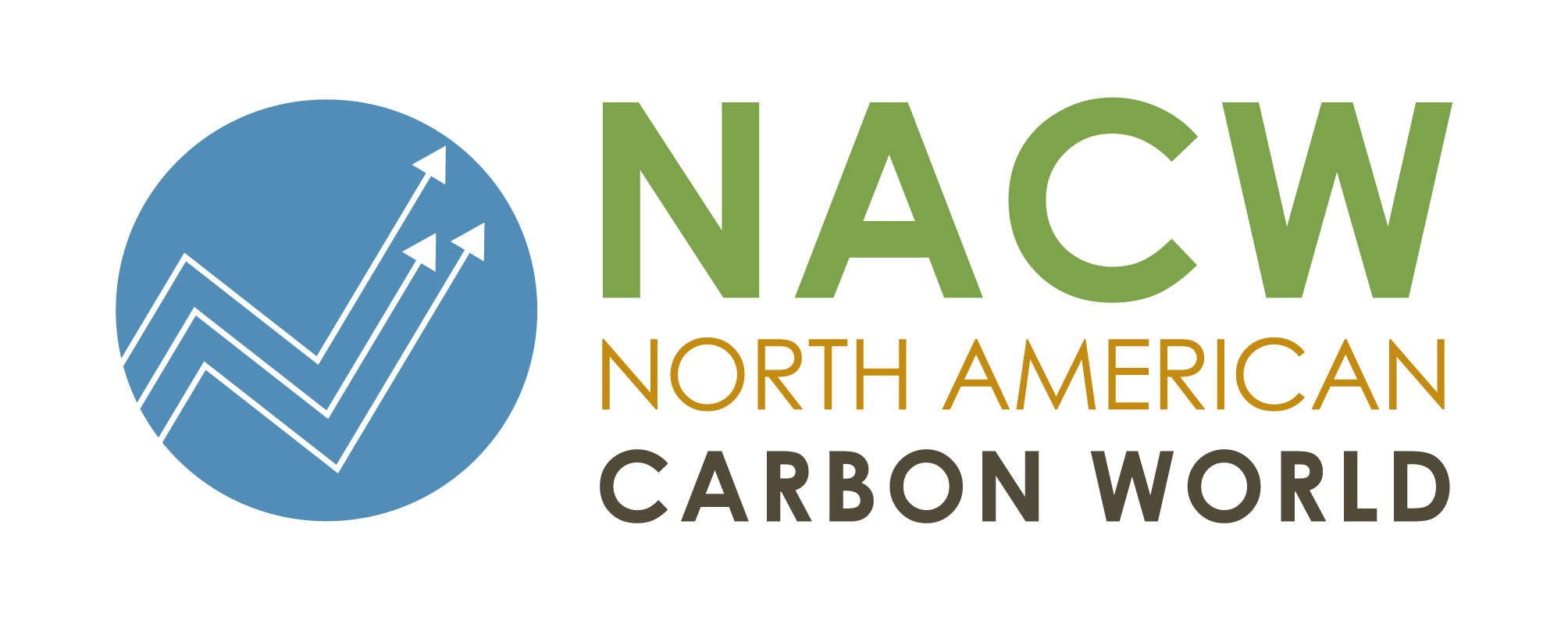SAN FRANCISCO, CA – The Climate Action Reserve, an environmental nonprofit organization and North America’s premier carbon offset registry, presented the inaugural Project Developer Awards to carbon offset project developers that achieved the most emissions reductions, registered the most carbon offset projects, and demonstrated outstanding leadership and innovation in its work during the past year. The awards recognize organizations for their leadership in advancing climate solutions, in strengthening carbon markets, and in achieving emissions reductions that are real, additional and permanent.
“All of the project developers that we are recognizing here today have contributed to the growth, strength and stability of both the voluntary and compliance carbon markets,” said Gary Gero, President of the Reserve. “A great deal of education, commitment, and resources are necessary to develop and implement successful carbon offset projects that adhere to our regulatory-quality standards and earn high quality offsets. We are honored to recognize the organizations that have made the largest and most innovative contributions to the carbon market in 2013. Their efforts have led to significant emissions reductions to benefit our climate.”
The 2014 Project Developer Award recipients are:
The Yurok Tribe, in recognition of generating the most Climate Reserve Tonnes and Registry Offset Credits in 2013 with 1,245,840 credits issued. The Yurok Tribe Sustainable Forest Project is a 21,240.5-acre improved forest management project in Northwest Humboldt County, California. The Tribe is implementing a lighter touch harvest strategy that will maintain a continuous tree canopy and preserve and enhance the ecological and cultural value of the property. The property has cultural importance to the Yurok Tribe, as it sits within the Yurok Ancestral Territory. Currently, the largest Tribe in California with more than 5,000 enrolled members, the Yurok Tribe’s major initiatives include: the Hoopa-Yurok Settlement Act, dam removal, natural resources protection, sustainable economic development enterprises and land acquisition.
“Setting aside these lands for carbon production has made it possible for the Tribe to invest more heavily in watershed restoration projects, focused on increasing biodiversity and improving water quality in the creeks where our sacred salmon spawn,” said Yurok Tribe Chairman, Thomas P. O’Rourke Sr. “We are bringing these forests back into balance, so that fish, wildlife and plants will thrive. We appreciate the recognition from the Climate Action Reserve for our work.”
Camco International Group, in recognition of registering the most projects in 2013 with 12 unique projects registered. In 2013, Camco registered 11 livestock projects and one landfill project with the Reserve. With more than 20 years of successful project delivery experience, Camco works to develop, construct and operate clean energy and emission reduction projects that contribute to a sustainable future. Camco collaborates with industries, equipment providers and investor groups to create emissions-to-energy projects and maximize sustainable energy production across a range of sectors – biogas, renewable energy, energy efficiency and land use.
“Camco is delighted to receive the first Project Developer of the Year award from the Climate Action Reserve. Since listing our first project in 2008 we now manage 21 projects on the Reserve generating consistent volumes of CRTs on an annual basis. Our ability to list, register and manage a large number of projects demonstrates the hard work, expertise and focus of our team in North America. We look forward to continuing to work with the Reserve to expand and optimize our portfolio, particularly in its role as an Offsets Project Registry under California’s cap-and-trade program,” said Charles Purshouse, Vice President – Renewables & Environmental Markets, Camco Clean Energy.
Zanker Road Resource Management, in recognition of outstanding leadership and innovation in its work. Last September, Zanker Road Resource Management registered its Z-Best Food Waste Composting organic waste composting (OWC) project with the Reserve. Located near Gilroy, California, the project aerobically composts food and food soiled paper waste, thus preventing methane emissions that would normally be released from a landfill. The processed compost is sold to landscapers and farmers as a soil amendment. To date the project reduced 42,649 metric tons of carbon dioxide equivalent emissions. In addition to its composting facility, Zanker operates three recycling facilities. Through its aggressive recycling and composting efforts, Zanker diverts more than 80 percent of waste they receive from landfilling.
“We are thrilled at receiving the Project of The Year award for our innovative efforts to reduce greenhouse gas emissions and reduce the impacts of climate change,” said Richard Cristina, President of Zanker.




